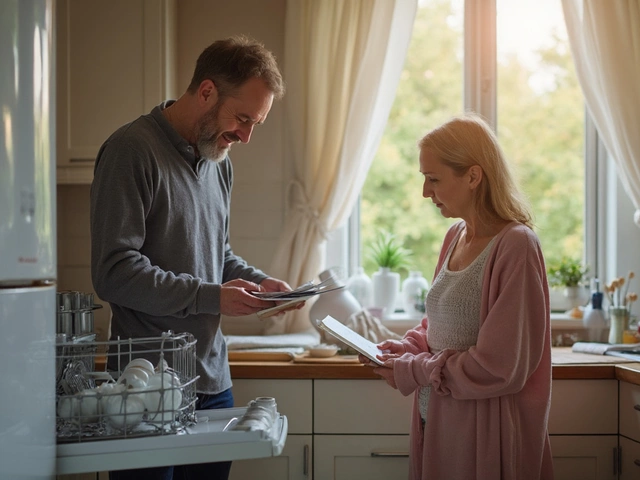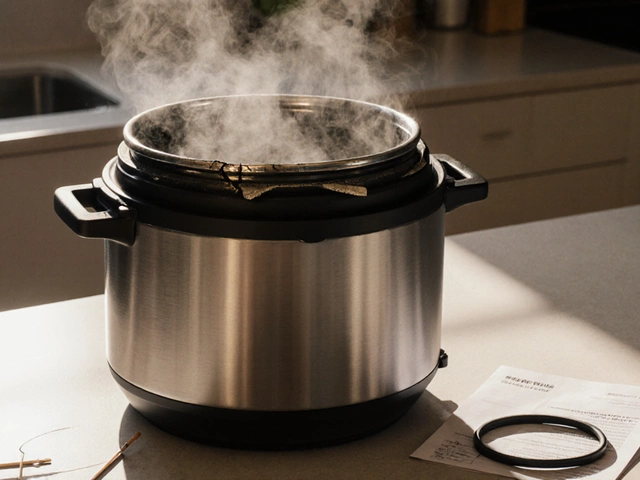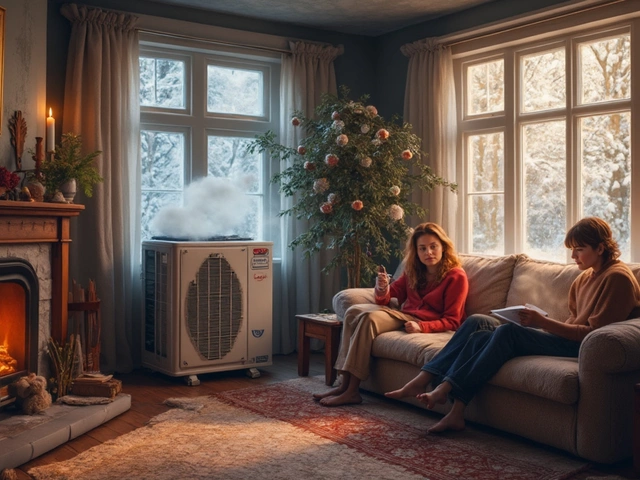Dishwasher Repair or Replacement: How to Know What Your Kitchen Really Needs
June 20 2025Appliance Installation: What You Need to Know Before You Start
When it comes to appliance installation, the process of safely setting up gas-powered or electric home appliances like boilers, water heaters, or ovens. Also known as fixed appliance setup, it’s not just about plugging something in—it’s about meeting safety codes, ensuring proper ventilation, and connecting to gas lines or electrical circuits the right way. A bad installation can lead to gas leaks, electrical hazards, or a system that breaks down within months. That’s why certified professionals handle most of these jobs—especially when gas is involved.
Boiler installation, a common type of appliance installation in UK homes, requires specific qualifications under Gas Safe regulations. You can’t just swap out an old boiler yourself, even if you’re handy. The same goes for water heater installation, whether it’s a tank-style unit or a tankless system. These need proper drainage, pressure relief valves, and correct pipe sizing. Even something as simple as oven installation, a standard kitchen appliance, can go wrong if the electrical circuit isn’t rated for the load or the gas line isn’t leak-tested. These aren’t DIY projects you should guess your way through.
Most of the posts in this collection focus on what happens after installation—repairs, maintenance, and troubleshooting. But you can’t fix what was never installed right. That’s why understanding the basics of appliance installation matters. If your boiler keeps breaking down, maybe it was never vented properly. If your water heater leaks after a year, maybe the pipes weren’t supported. If your oven won’t heat evenly, maybe the gas supply wasn’t calibrated. These aren’t random failures—they’re often symptoms of poor setup.
Knowing the difference between a professional installation and a rushed job can save you thousands. A certified engineer won’t just hook up your new appliance—they’ll check your home’s gas pressure, test for carbon monoxide risks, and make sure everything meets current UK standards. They’ll also give you a certificate of compliance, which you’ll need if you ever sell your home.
This collection doesn’t just show you how to fix broken appliances—it shows you what goes wrong when they’re not installed right. From anode rod replacements in water heaters to oven element fixes, every repair starts with the original setup. If you’re thinking about replacing an appliance, or if you’ve had one installed recently and something feels off, the answers are here. You’ll find real cost breakdowns, common mistakes, and what to ask before the installer even turns on the gas.
 8 Nov
8 Nov
Can You Replace an Electric Oven Yourself? Step-by-Step Safety Guide
Replacing an electric oven yourself is possible with the right tools and safety steps. Learn how to safely remove the old unit, connect wiring, install the new oven, and avoid common mistakes that could lead to electrical hazards.
Read More...



